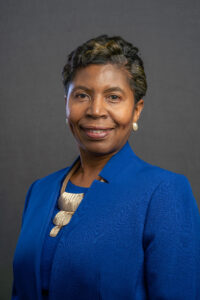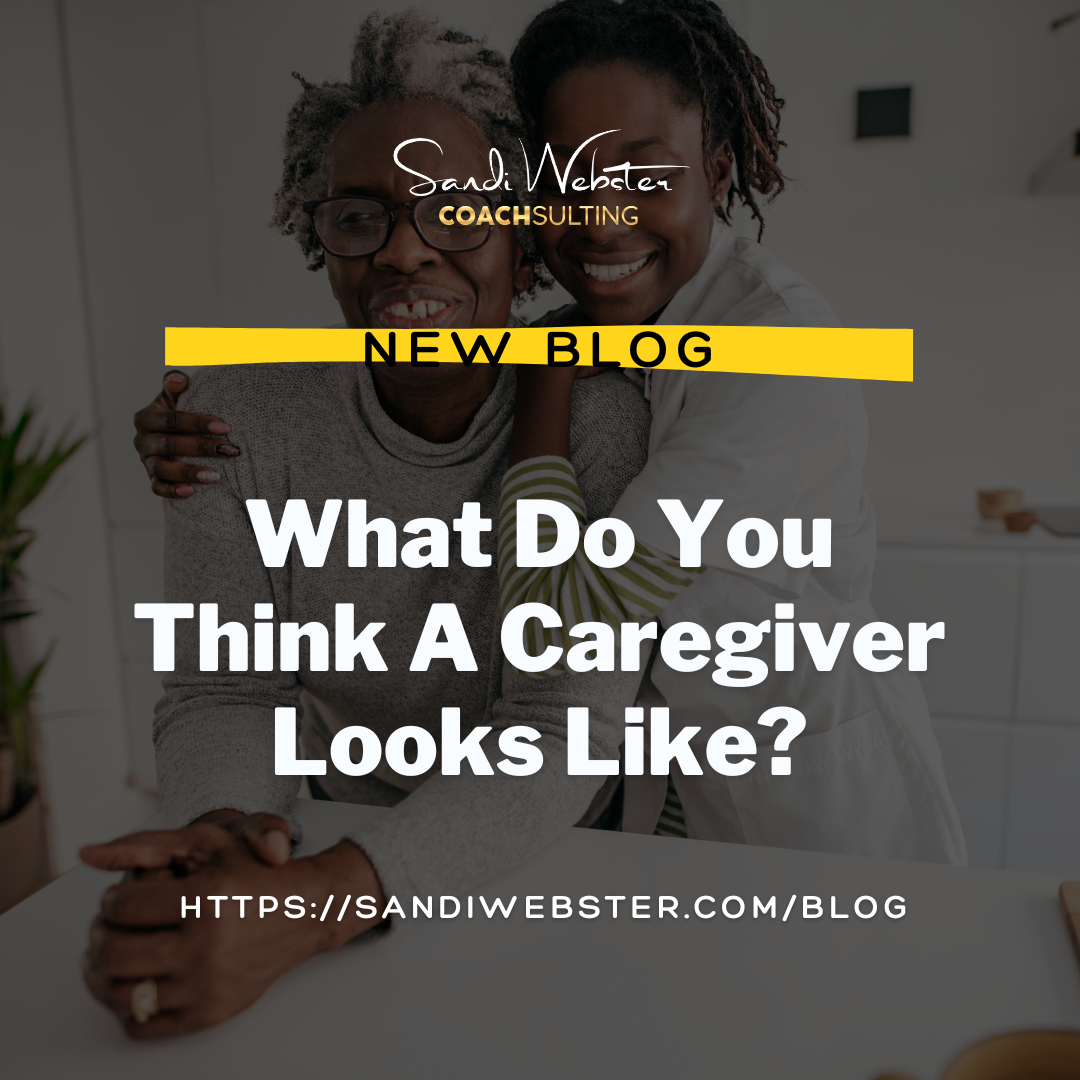What Do You Think A Caregiver Looks Like?
I’ve been a caregiver for over fifty years of my life. Yes, that is true, and I will most likely continue to be a caregiver until someone has to take care of me!
Who is a caregiver? Per Webster’s dictionary (no relation!), a caregiver or carer is a paid or unpaid member of a person’s social network who helps them with activities of daily living. Since they have no specific professional training, they are often described as informal caregivers.

I’m five years older than my sister. To Jamaicans, that’s the right age to start learning the caregiving process! In Brooklyn, it was no different. When a new child came into the household, that child automatically became the property of anyone who could help with that child’s care. I was designated to watch my sister and ensure nothing happened to her. If she cried, it was my job to tell my mom. Later, it became my job to change or feed her. As she grew, my responsibilities disproportionately increased. I was an official caregiver. You know when you have become a caregiver when your prefixes are “sister,” or “auntie,” to people to whom you may or may not be related.
That scenario is not uncommon in many families since most of my friends shared the same duties as I had. However, per New York State law, a caregiver must be over 18 years old. As we know, the law and reality are two different things. Single parents who must work to take care of their families, and live on a low-income wage, cannot afford to spend most of their income on a babysitter, especially if they have older children at home. That’s a chance they take every day.
I cannot complain about my babysitting business because that skill turned into a lucrative daycare, particularly in the summertime!
I would turn to caregiving when I needed extra money in my teens. I worked with older adults who needed help with basic daily activities, from grocery shopping to cleaning their homes or just sitting and reading to ensure they still felt a part of society.
As I got older, I shared primary caregiving responsibilities for my niece and grandmother when I was in my twenties. At the same time, I became the caregiver for my almost sister-in-law when she was diagnosed with terminal bone cancer and came to live with me and my then-boyfriend. She passed away, leaving behind a 10-year-old son, and I became his caregiver for about a year until he went to live with his father.
You can see that these are all different types of caregiving – there is no constant in this role. It shifts as the person for whom you are caring shifts. There were no classes that helped with the emotional aspect of caregiving. I don’t know if there are any now.
Your doctor is a caregiver. Have you thought about that? Your doctor has the responsibility of dozens of patients at a time. If they are a surgeon, they are literally responsible for that person’s life. More than 50% of U.S. physicians experience burnout, per the AMA. Burnout in healthcare is characterized by high emotional exhaustion, depersonalization (i.e., cynicism), and a low sense of personal accomplishment at work. Burned-out employees are both unhappy & unproductive in the workplace. Therefore, the more burnt out you are as a caregiver, the more likely you are to become unproductive in giving care.
Now, I’m one of those unpaid caregivers for my parents, who are well into their eighties. Who knew this was a thing? Noone prepared me for this in school! Shouldn’t we have this as a class, similar to learning how to drive or changing a flat tire?? I’ve learned from the school of hard knocks, of trial and error. Here are some of my learnings to help you along this journey:
- Technology. Today’s caregiver must be, first and foremost, technologically savvy. Suppose you want to apply for any social service program. In that case, you must be online – social security, Medicaid, scheduling doctor’s appointments, checking for filled prescriptions at the drug store, Uber to get them to/from appointments, and be proficient in scanning, uploading, and downloading documents on your phone.
- Communication. Set up a private Facebook or Slack group for family members to use to check on your patient. It will make communication much more manageable. Be careful what you post, as you don’t want to give away any personal information.
- Documents. You will have way too many documents that must be constantly updated. Social services, doctors, lawyers…everyone will either text you or email you with some inquiry that you must have at your fingertips. Purchase a lockable security bag on Amazon. It will keep important documents safe and in one place.
- Housekeeping. Hire a housekeeper to come in every month or every other month to help with housework. Cleaning is non-stop, especially if you don’t live in the same space as your patient.
- Phone Numbers. Keep a list of significant phone numbers in the security bag. Write down the names and phone numbers of the patient’s children, relatives, bank officers, and insurance companies – particularly for people over 80 years old.
- Legal Paperwork. Get all legal paperwork completed – you never know when something will happen to you and them. Power of Attorneys, DNR notices, wills, and living wills should all be signed and notarized if needed. Keep them in the security bag.
From one caregiver to another, the oxygen-mask analogy of helping ourselves before helping others holds for us even more. A new study by Ohio State University in conjunction with the National Institute on Aging has shown that adult children caring for their parents, as well as parents caring for chronically ill children, may have their life span shortened by four to eight years. We must take care of ourselves before we take care of others.


